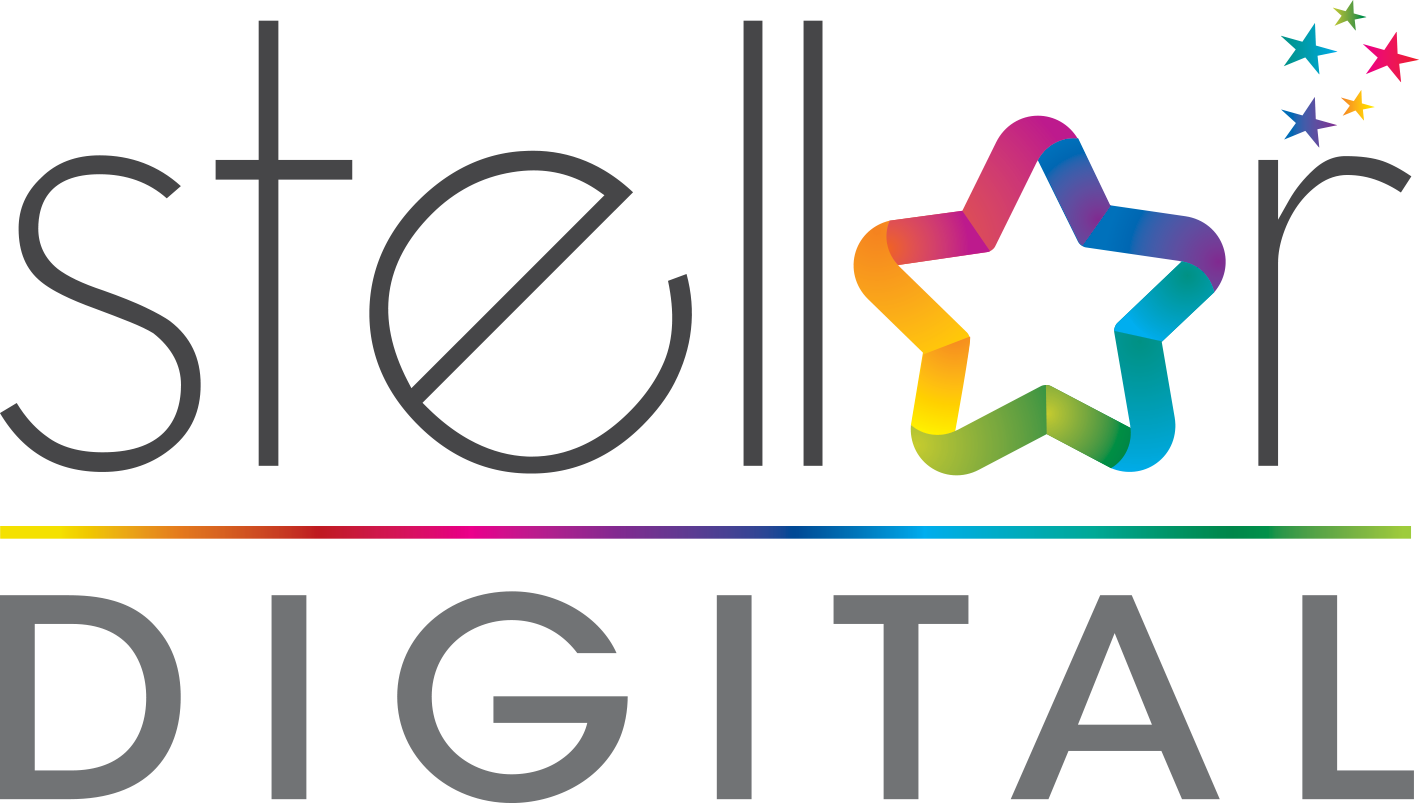SEO, Content and Social Media are so tightly wound together these days that business owners and marketers need to grab every little advantage they can to wring the most out of their efforts in each area.
Most of the major social networks have created ways to help content producers enhance the sharing of their content on their respective networks by making it easier and more beneficial to share.
Today I would like to discuss three, what I’m calling Social SEO, Tweaks that site owners should take. While they involve three specific social networks – Twitter, Google+ and Facebook – they are all drawn from the increasingly useful, almost standard, Facebook Open Graph Protocol. (Don’t worry you don’t really need to know what that is, but if you want to know, here’s more in on OG)
Essentially what Open Graph does is allow you to insert meta data in a web page or blog post that turns that content into a social object of sorts. So now when someone tweets a link to your awesome blog post you have control over how things like an image, description and link are displayed.
Because the protocol is being widely accepted as the standard, just about every social network is adopting ways to implement it. So now when someone pins your awesome product a rich description, link to your shopping cart, price and even availability are all transported with the pin to display in Pinterest.
Okay, back to the tweaks I think you should explore first if this topic is new to you.
Facebook Open Graph
Since this is the foundation for all three of the plays I’m suggesting, let’s start here. The good news is that for WordPress users, plugins have been built that make all the coding aspects of these tactics very, very simple. I recommend that every WordPress Site owner install the WordPress SEO Plugin by Yoast. This plugin not only handles most of the important on page SEO factors for bloggers, it also has a tab to instantly create the Facebook Open Graph settings as well as the Twitter and Google+ settings I’ll discuss in greater detail below. The NextGen Open Graph plugin is another good one for this topic.
If you are using either plugin mentioned above simply follow the instructions. The thing I like most about this feature is that it gives far greater control over what content shows up with your posts in the status updates on Facebook. I’ve always viewed the description tag as a way to advertise why someone might want to click through and read and with this setting you get total control over that.
By using the featured image setting in WordPress you also get to control what image is viewed with your posts. It can be a single image, like I use in this post, or it can be any other image you choose to mark as featured, whether it shows in the post or not. Again, total control!
For non WordPress folks you can read the Facebook Open Graph implementation instructions here.
Twitter Cards
About a year ago Twitter added something called Twitter Cards that use a mix of OG and Twitter only tags to allow Tweets and RTs to be much richer.
The implementation is pretty straightforward and the documentation pretty useful. Once you’ve set the meta data up on your site or page you do have to get validated and approved for the card types you wish to use. Simply go to the validator and click on the validate and approve tab and put in the URL for blog post. The tool will check for the OG code and allow you to submit. Twitter says it takes 2-4 weeks for approval, but when I submitted it took about 5 minutes. Once again, plugins make this a snap.
Below you can see the difference the addition of the Twitter Card makes both on the Twitter site and in the Twitter app.
Google Authorship
I’ve written a lot about Google Authorship because I think it’s a biggie. You’ve probably seen search results like those in the image below. Google allows content producers to link their site and Google+ profile to content they produce. This includes content you write on your site and content you contribute to other sites. Simply add all the sites your contribute to in your Google+ profile to get this additional feature started. (It may takes months to actually start showing up in search, so do it today!)
Not only does this create a more compelling view of your content in search, it allows Google to connect ownership and authority to the content – two good things I think!
Content from Duct Tape Marketing highlighted by Google Authorship
Here’s content I wrote for Entrepreneur also highlighted by Google Authorship
The Yoast plugin mentioned above handles this one but you must have a Google+ profile to link to and it’s a good idea to signup and validate authorship with Google+
Another nice tool for validating your sharing code on your site is the KnowEm Social Media Optimizer.
Overachievers might want to also check out the instructions for adding Pinterest specific meta data as well.





0 Comments
You can be the first one to leave a comment.